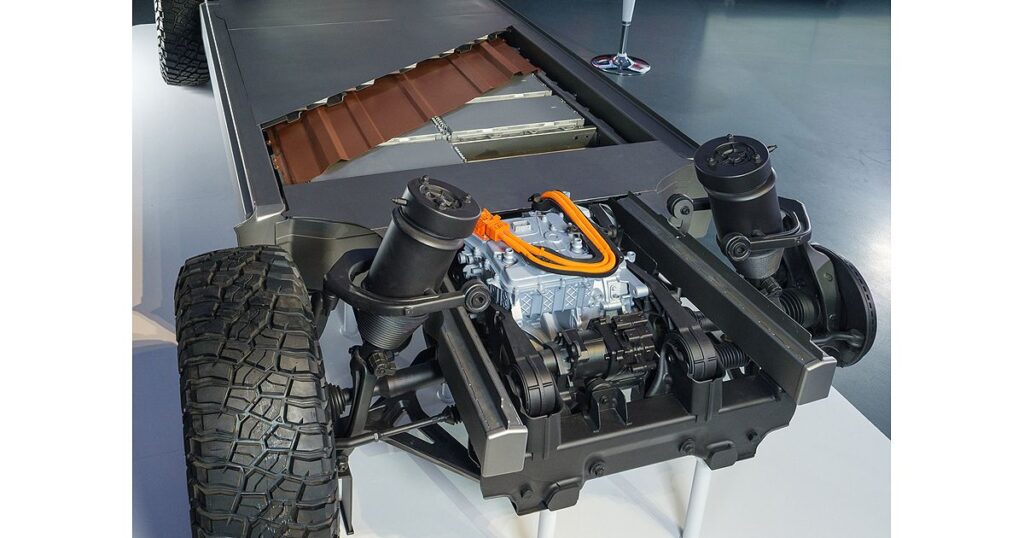Joint EV development and cost-sharing will benefit both firms as the industry works to reduce the cost of EVs and batteries, according to Paul Waatti, AutoPacific’s manager of industry analysis.
“By sharing some of the costs, both manufacturers can accelerate development and technological advancements,” he explained. “To get widespread adoption, it must be inexpensive and targeted at categories where people are interested, which is compact crossovers.”
According to the Automotive News Research & Data Center, compact crossovers accounted for roughly one in every six light vehicles sold in the first quarter.
Currently, there are few mainstream EVs with competitive ranges. GM introduced the GMC Hummer EV pickup truck this year, with a starting price of about $113,000, and the Chevrolet Silverado EV pickup truck next year, with a starting price of more than $106,000.
Brinley explained that starting with high-end EVs enables automakers to recover costs more quickly. However, these types of offerings are prohibitively pricey to encourage widespread use.
“If the US market gets 100 percent electric in 2035, 2040, or 2050, it will include the smaller entry-size vehicle,” Brinley explained. “However they do it, they need to cover that void in their lineup.”
When the EVs on which GM and Honda are collaborating are scheduled to emerge in five years, the automakers are unlikely to be alone in the inexpensive EV space.
“The holy grail is affordable electric vehicles with a reasonable range,” Waatti stated. “At the moment, the expenses are prohibitively high for automakers to deliver it.”
